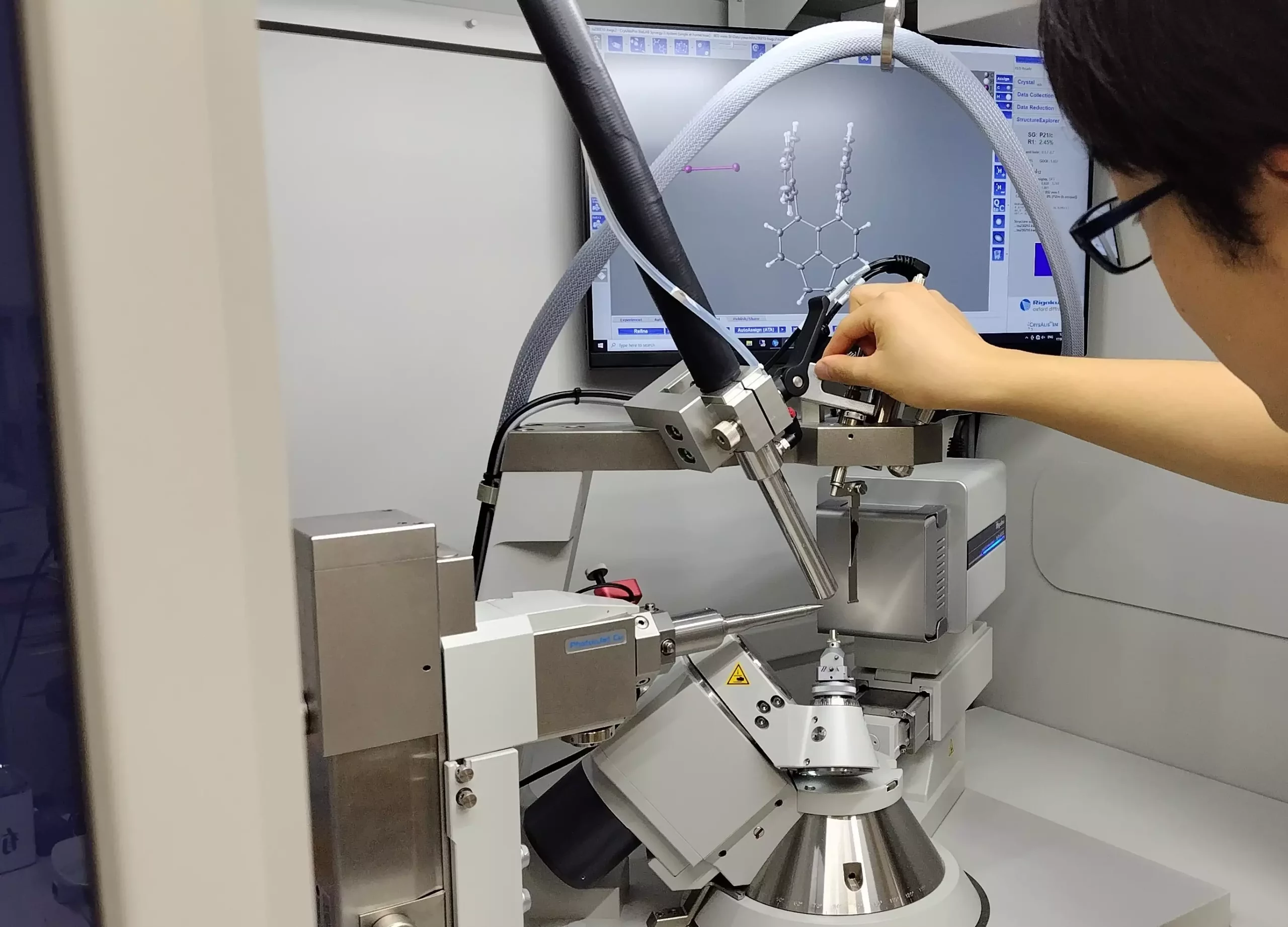Covalent bonds represent the fundamental building blocks of organic chemistry, enabling the formation of complex molecules through the sharing of electron pairs between atoms. The traditional understanding of these bonds has evolved significantly since the early 20th century. Notably, Linus Pauling’s groundbreaking work in 1931 suggested the theoretical existence of covalent bonds formed from a single, unpaired electron. Although this proposition was intriguing, the practical discovery of such bonds remained elusive, particularly within the realms of carbon and hydrogen atoms, which are critical to organic chemistry.
For decades, chemists have grappled with the idea of single-electron bonds, often observing them in various experiments but failing to identify them in the widely studied compounds of carbon and hydrogen. This has posed a major challenge in understanding the full spectrum of chemical bonding—knowledge pivotal to advancements in fields such as materials science and drug development. The difficulty lies not just in the experimental isolation of these bonds, but in comprehending their implications for the nature of molecular interactions.
Recent achievements by researchers at Hokkaido University have significantly altered the landscape of this ongoing research endeavor. Their innovative approach successfully led to the isolation of a compound that showcases a single-electron bond shared between two carbon atoms. This notable finding, reported in the prestigious journal *Nature*, sheds light on the long-sought-after phenomenon of carbon-carbon single-electron covalent bonds, specifically a type known as a sigma bond, known for its stability and fundamental role in molecular structure.
The method employed by the research team involved manipulating a derivative of hexaphenylethane. By subjecting this compound to an oxidation reaction in the presence of iodine, they managed to synthesize dark violet-colored crystals that served as a platform for their analysis. Using advanced techniques such as X-ray diffraction combined with Raman spectroscopy, the team was able to ascertain that the carbon atoms within these crystals were positioned remarkably close together, providing strong evidence for the existence of the much-hyped single-electron sigma bonds.
The emergence of empirical evidence supporting single-electron covalent bonds is more than just a scientific milestone. As Professor Yusuke Ishigaki points out, understanding these unique bonding mechanisms could potentially revolutionize existing theories of chemical bonding and offer new perspectives on chemical reactivity. Takuya Shimajiri, the lead author of the study, remarked that the discovery could pave the way for advancements in chemistry that delve deeper into unexplored bonding phenomena. This breakthrough not only is pivotal for theoretical chemistry but may also fuel practical applications across numerous scientific disciplines.
The discovery of single-electron sigma bonds between carbon atoms opens up exciting possibilities for future research and application within the field of organic chemistry. As scientists continue to unravel the complexities of chemical bonding, the implications of such findings will undoubtedly influence our understanding of molecular interactions and drive innovations across various scientific sectors. As the path forward unfolds, one can only imagine the profound effects this research will have on the future of chemistry.

